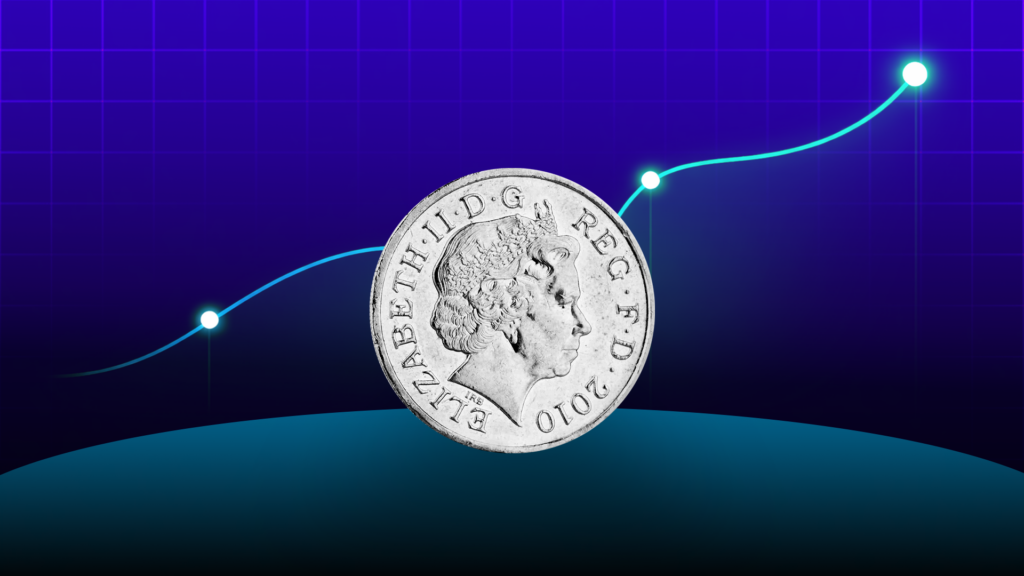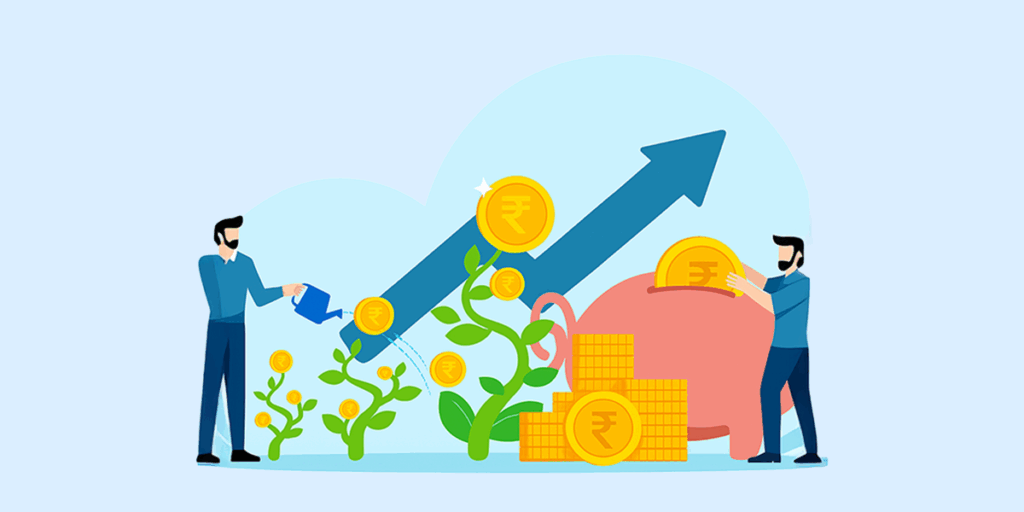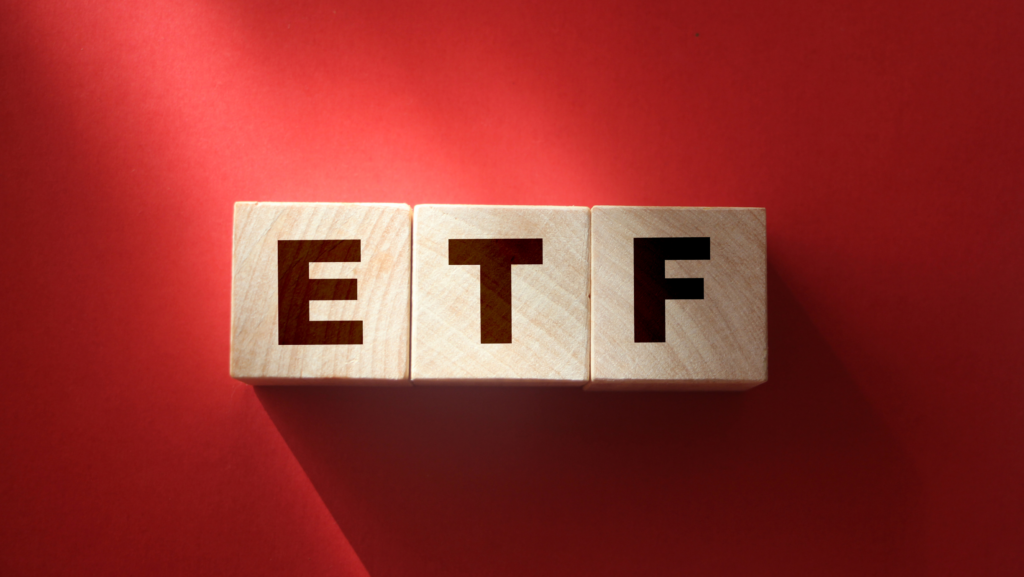According to the Investment Company Institute, the fund sector’s trade body, assets in ETFs and similar exchange-traded products currently surpass $7 trillion, about ten times what they were a decade ago. In fact, if you consider the curve since the 2008 financial crisis, you’d find that ETFs have gained a reliably growing popularity among investors worldwide. Yet, in India, it gets a bit lost in the heady drumroll of mutual funds.
If you had to dream up a set of characteristics you’d like in an investment instrument, what would those be? It should grow reliably, have no lock-in periods, yet be a good long-term investment with minimal or no exit costs, and low expense ratios – something like that?
An ETF or Exchange-traded Fund is quite an interesting instrument in the investor’s toolkit because it checks all of those boxes and a few more.
Despite its widespread use, an ETF might seem quite perplexing to grasp. Its framework combines many investment concepts. Most ETFs, like index mutual funds, own a bundle of stocks, bonds, or other assets that closely resemble a benchmark, such as the S&P 500 stock index. However, unlike an index mutual fund, ETF shares, like stocks, trade on exchanges throughout the day. Hence, an exchange-traded fund.
Think of an ETF as an index mutual fund masquerading as a share.
Okay, that deserves further explanation. Let’s define it right away.
What is an ETF?
An exchange-traded fund (ETF) is a collection or a basket of securities traded in stock exchanges. They allow investors to acquire real-time exposure to the stock markets of several countries, specific sectors, or even trends without having to worry about high expense ratios and broker commissions, as with shares or index mutual funds.
ETFs can track a wide range of assets across asset classes, including Indian stocks, foreign equities, bonds, and commodities. ETFs can even outline specific investment strategies. Among the most popular of these index-tracking products is the SPDR S&P 500 ETF (SPY) – the world’s largest exchange-traded fund listed under the symbol of the NYSE Arca. It tracks the S&P 500 index of stocks. Diversifying its portfolio by investing in various sectors, like IT, healthcare, communications, real estate, utilities, and finance, etc.
The exchange-traded funds are marketable securities traded easily even during market hours, unlike mutual funds that trade only once a day after the market closes. The fees on exchange-traded funds are often less than those of other funds. As with any financial product, ETFs are no magic beans. Risk levels vary with different types of ETFs. Hence, evaluate their merits based on factors like commissions, management costs, ease of access, and investment quality.
How does an ETF work?
When the stock exchanges are open, ETFs are bought and sold just like company stocks. A ticker symbol of an ETF is just like a stock ticker symbol, and intraday price information is easily accessible.
With the addition of new shares and redemption of existing shares every day, ETF shares outstanding are subject to change. The market price of an ETF reflects its underlying securities with its ability to sell and redeem shares repeatedly.
Individual investors are the primary targets of ETFs. However, institutional investors maintain their tracking integrity and liquidity through the sale of creation units. Creation units are new shares sold by an exchange-traded fund firm to a broker-dealer for open market trading. If the price of the ETF strays from the value of the underlying asset, institutions use creation units as an arbitrage mechanism to bring the ETF price back into line.
Now that we know how ETFs work, it’s time to explore the types.
Types of ETF
Diversification, transparency, and tax benefits are some of the main things an investor anticipates from any investment. Moreover, EFTs offer a wide variety of traded funds to match that. The broad types are listed below.
- Bond ETFs
- Stock ETFs
- Industry ETFs
- Commodity ETFs
- Currency ETFs
- Inverse ETFs
Over the past 27 years, the ETF industry has been known for its innovation. The future will see many more unique ETFs emerging. Investors will benefit from innovation, but they must acknowledge that not all ETFs are created equal. The best way to ensure a safe investment is to carefully analyze all factors before picking an ETF suitable for your needs. Estimating your financial goals accurately can be tricky. How do you determine your investment decisions today that need to bear fruit for a specific purpose 20 years down the line? Appreciate – an online trading app helps you make informed investment decisions keeping your unique short and long-term financial goals in mind.























